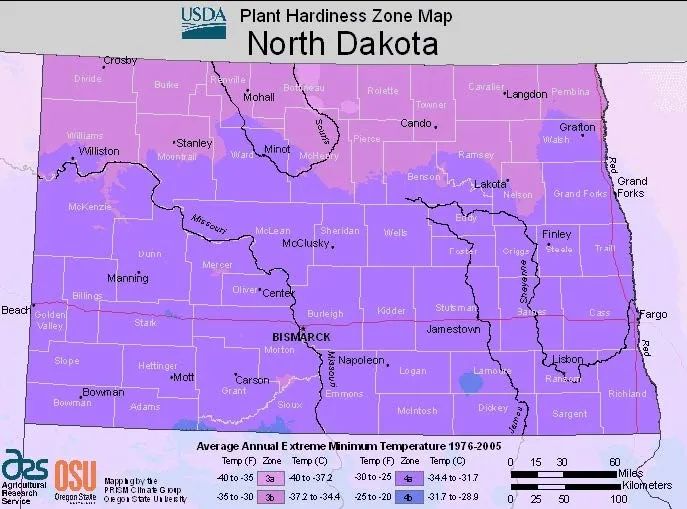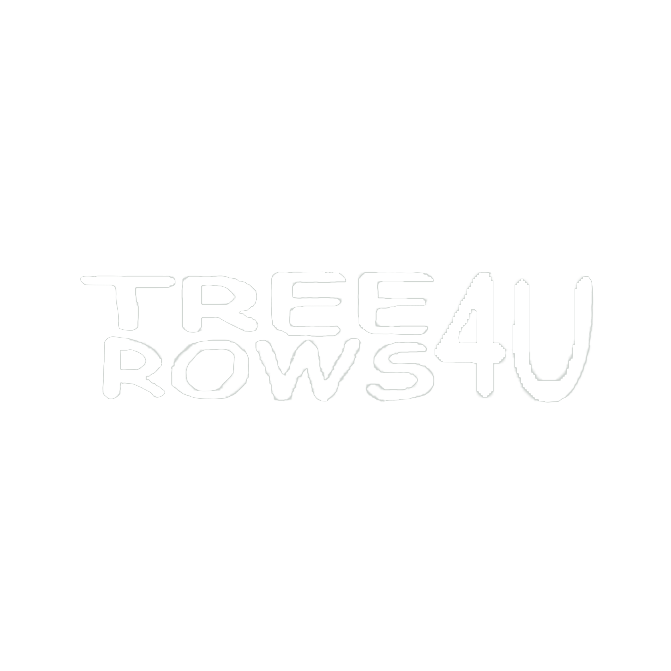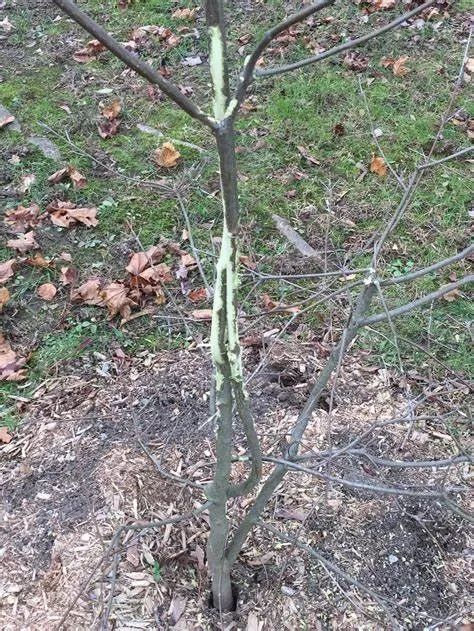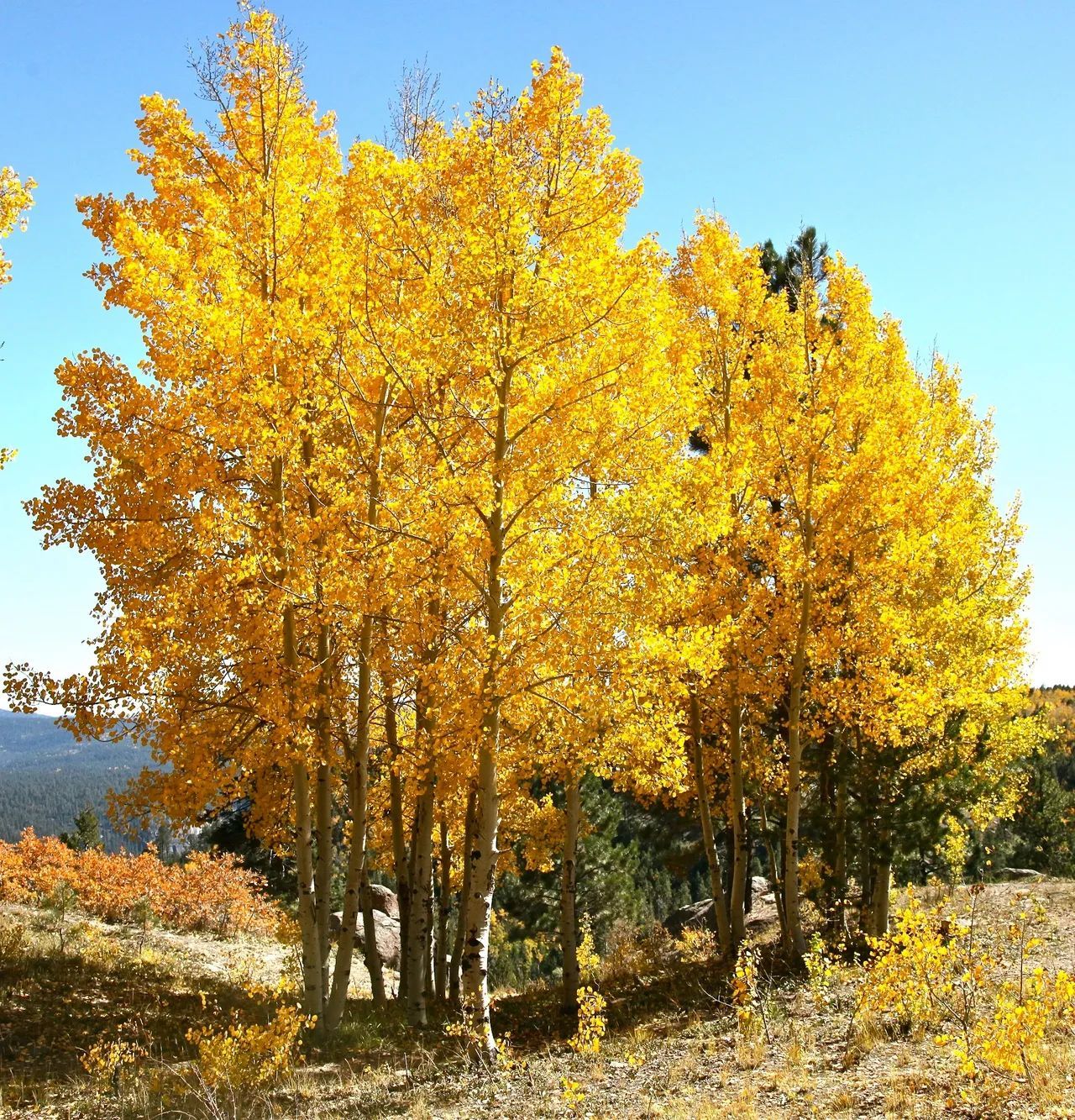North Dakota Tree and Plant Hardiness Zones
January 31, 2023
Well, with the recent cold snap we have had you may be doubting that Spring is a mere 47 days away. It may be true that you won't be able to plant trees for another 4 to 6 weeks after that. We do have to wait a bit longer up here in the cold, baren North. You may be wondering how it is that a tree could survive in this cold at all. What kind of tree can I plant that can take this kind of harsh cold that is served up so readily here in these mid-Winter months?
The below map shows the cold hardiness zones as defined by the ASDA, and those are based on average annual minimum temperatures. This can be a helpful tool for finding the minimum cold hardiness that you should be looking for in a tree. There are other climate factors that must be considered though, and we will cover some of them in this article.
First, an explanation of what is shown on this map and what this data means for you.

USDA Cold Hardiness Zones
The USDA plant hardiness zones are zones in which the average annual minimum temperature falls into a specified range. The zones are divided into 10-degree ranges designated by a number, and further subdivided into an "a" and "b" designation to the cooler and warmer half of that zone range (5 degrees Fahrenheit). This is the minimum temperature that the shown area will experience on average in the winter months. There may be times when it is colder, and there may be times where those temperatures are not seen for a number of years. It is a guideline.
Any plant or tree that you plant should be rated for a hardiness equal to the zone in which you will be planting it at a minimum. There is usually also an upper number given on most plant hardiness rating. That number for the most part can be disregarded in North Dakota. As there are very few if any plants that would have an upper rating that would fall below our zones of 3 and 4. Before deciding on and purchasing any trees or plants, you will want to consult this map and find the hardiness zone in which your planting location falls. If you are in say, Bismarck tree planting, you can look at the map and find that it lands squarely in zone 4 subdivision "a", or Zone 4a. This means that the average annual minimum temperature for Bismarck, ND trees is somewhere around -30 to -25 degrees Fahrenheit. This means that on the coldest day, at the coldest part on the night, each year, the temperature reading may fall to a minimum of -30 to -25 averaged over the years. This number is given as an absolute temperature meaning it is without windchill. Although wind can be a factor in plant survival, it is not necessary to calculate windchill for your cold hardiness ratings. A person planting trees in Bismarck, ND would be OK to plant a tree with a cold hardiness rating of 3-7 or 4-8 but would not want to attempt a tree with a hardiness rating of 5-8. The likelihood of the winter temperatures dropping below what the 5-8 plant could tolerate would be great, and they would risk losing their investment.
If you find yourself on or near the edge of a transition between zones, it is best practice to consider yourself in the lower (colder) of those zones. Lets say you live in Breien, ND. You may look and see that you appear to be surrounded by that light purple color designating zone 4a. If you notice there is a small patch of pink right there where Morton, Grant and Sioux counties meet. That pink denotes zone 3b. It appears that the average annual minimum temperature is just a bit colder in your area, and you may want to restrict yourself to trees rated as being hardy to zone 3 rating. This would give you just a little bit of added insurance that your plant selections will tolerate a cold snap that comes through your area in the following winters.
Other Climate Considerations
There are other factors to consider than the minimum temperature tolerance of a tree species. Not all plants with USDA hardiness ratings of 3 or 4 are appropriate for North Dakota. Some plants may be suitable for one part of North Dakota, but not in another even if they are in the same zone.
Average annual precipitation, soil composition, soil pH, soil water table, and grade or slope are also factors that must be considered when selecting tree species for planting. A Colorado Spruce and a Ponderosa Pine have a similar cold hardiness. Colorado a minimum zone 2 and Ponderosa a minimum zone 3 rating. Both would be appropriate in any cold hardiness zone as given by USDA ratings. Both of these species do require a bit of extra water storage to sustain their evergreen needles through the winter. Neither of them will tolerate flooding, but rather require a well-drained site. Either of them would be just as happy on level ground as the side of a mountain or hill (though probably not a sheer cliff). Both require full sun and should not be planted in the shady undergrowth.
There is however a bit of difference in the soil pH that these two species will tolerate. The Colorado Spruce and the Ponderosa Pine both prefer a slightly acidic soil. They will perform best all things considered in soil that is just slightly below the neutral pH rating of 7.0, say in a 6.5 soil pH. The Ponderosa though, is tolerant of a mildly alkaline soil site. With the upper limit being around an 8.0 pH, while the Colorado will tolerate only up to about 7.5. This can also be extrapolated from the data in the windbreak suitability group ratings of the Ponderosa. It will tolerate otherwise suitable soil ratings with a "K" or "C" designation. These soils are high in Potassium "K" or Calcium "C" respectively. The presence of Potassium or Calcium in these soils lends to a bit higher pH or a slightly alkaline soil.
While this 0.5 bit of difference may seem insignificant, it is important to note that the total range of soil pH tolerance of the Colorado Spruce is only 1.5, and this species' range covers nearly all of the middle portion of our nation. 0.5 is a significant difference when it comes to soil pH. If you are wondering on the attributes of the soil in your area, you can use this other map tool from the USDA Web Soil Survey - Home (usda.gov). If you would like help in reading soil data, or otherwise selecting suitable tree species for your planting we can help you. We use these maps and are familiar with local variances and which species will perform on otherwise unfavorable sites. We can offer recommendations on soil amendments and overcoming some of the obstacles of less than desirable North Dakota tree planting sites. We grow trees in Bismarck, ND, we grow trees in Northern North Dakota, and farms in Southwestern North Dakota. We work with North Dakota Conifer growers in Central and Northeastern North Dakota. We know North Dakota Trees. We know North Dakota soils. We know which North Dakota trees will grow in your North Dakota soil. We can help you select the best trees for your site, your wallet and your vision of a beautiful North Dakota landscape tree. We can even plant them for you! Tree Nursery, Landscape - Tree Rows 4 U - Bismarck, North Dakota
If you need additional information, assistance or are unsure of any of the steps of selecting the right trees for your site, contact us at https://TreeRows4U.com/Contact-Us. Thank you for reading.
Helping you Grow, Row by Row
Recent Posts






